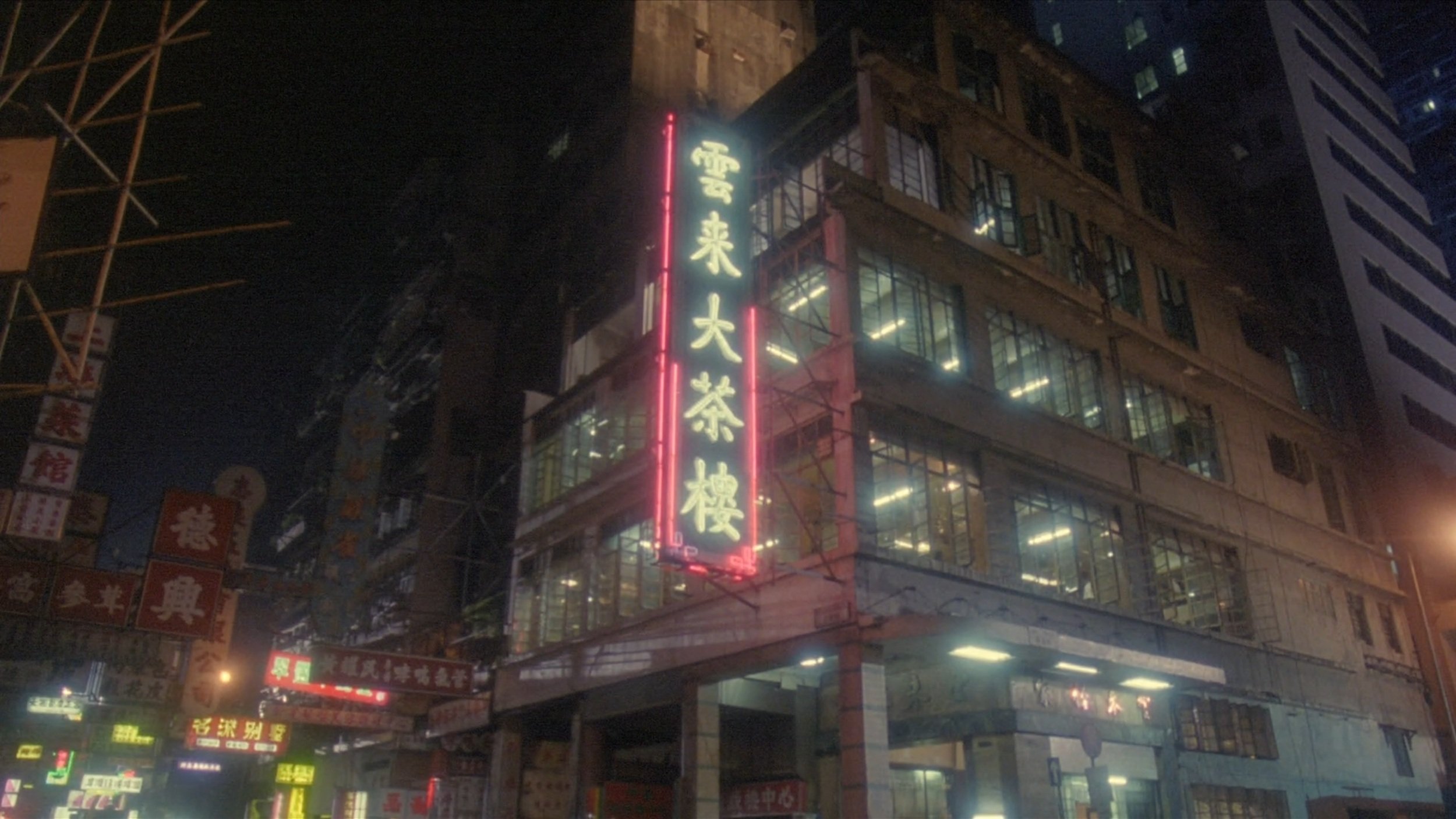
The Boom Years of Hong Kong Cinema
- Up next -

Cinema City will be back in September!
Cinema City is a labor of love and it isn’t going anywhere, but Interntional bookings take time. We’re skipping August so we get caught up. See you soon!

What is Cinema City?
From the mid 80’s into the 90’s, Hong Kong exported more films than any country except the United States. During this time, the influence of Shaw Brothers and their massive studio system began to wane as nimbler competition adapted to shifting international demands. At its peak, the Hong Kong film industry produced upwards of 300 films per year in a city of 6 million people. Admittedly, a large percentage of those films were no-budget softcore erotica, but still, it’s pretty impressive.
Cinema City (named after the now defunct Cinema City Enterprises, producer of genre defining films like City on Fire and A Better Tomorrow) is a journey through these films. The tone of the films will vary, because Hong Kong is a city, not a genre.
Much like the United States, Hong Kong’s film industry wasn’t subsidized, and if film makers wanted to survive, they needed to sell tickets on an international scale. The resulting films are relentlessly engaging, and feature a very different sensibility about what makes a ‘good’ movie. Character development is optional, and plots move with staccato tempo. These movies thrive on the unexpected; drastic tonal shifts are the norm, and no character (children included - you’ve been warned) is truly safe.
Glossory
A far from exhaustive list of terms.
Content is added as it comes up.
Category III (aka CatIII)
Category III is the strongest rating a film can receive in Hong Kong. Unlike the states, this rating is assigned by the government, and it’s compulsory. People under 18 aren’t allowed to rent, purchase, or see CATIII films in a theater. For the most part, these films would receive a hard R or NC-17 in the states. Most CAT III films are softcore erotica, but violence, sexuality, and depictions of Triad behavior can also earn a CAT III rating.
Handover of Hong Kong
In 1841, Great Britain claimed Hong Kong as a colony. In 1984 it was announced that Britain would hand Hong Kong over to the Peoples Republic of China, effective July of 1997. The details are way too complicated for this space, but references to the handover (often referred to as simply “1997”) are common in films from this era, as are themes of fear, uncertainty, and shifting views of the government.
Hong Kong Film Ratings
The Hong Kong version of the MPAA (the people who assign PG, R, etc.) assigns “categories” instead of ratings. Category I is the lowest, Category III is the highest. These ratings are from a different culture, in a different place, at a different time, and don’t translate neatly to MPAA equivalents.
Image Quality
For Cinema City, we play the highest quality version of the film that survives. Most of the time that means a digital, HD remaster, but many films never received modern re-issues. In those cases, we’ll use the best source available, be it VCD, DVD, or even 16mm film. If we’re playing on anything but HD digital, we’ll be sure to include a note in the film description.
Subs or Dubs?
AKA subtitled text or dubbed vocals. This can be a contentious debate, but for Cinema City we play subtitled versions with the original Cantonese audio track. There may be exceptions, but these will be noted in the film listing.
Versions (HK, Us, International, etc)
Because Hong Kong films were made for export, producers had to be conscious of cultural expectations and censorship in a variety of countries (particularly in east Asia). Films often had multiple versions for different markets. Versions for the US often toned-down violence to guarantee an R-rating. Alternately, mainland China imposed restrictions on the portrayal of criminal behavior (as a general rule, any character who committed a crime couldn’t “get away with it”). When possible, we play the Hong Kong cut for Cinema City. The only exceptions are films where the H.K. cut suffered the same censorship as mainland China, leaving the international version closer to the filmmaker’s original intent.

